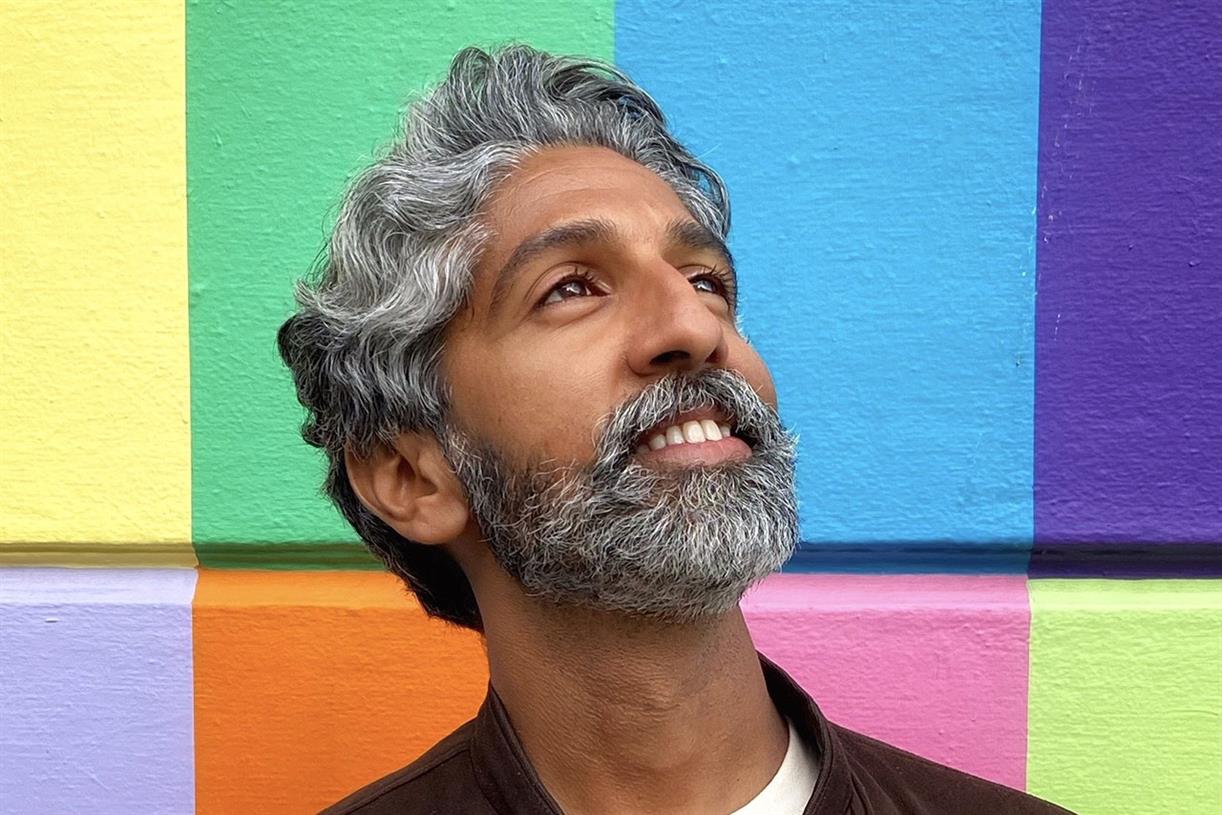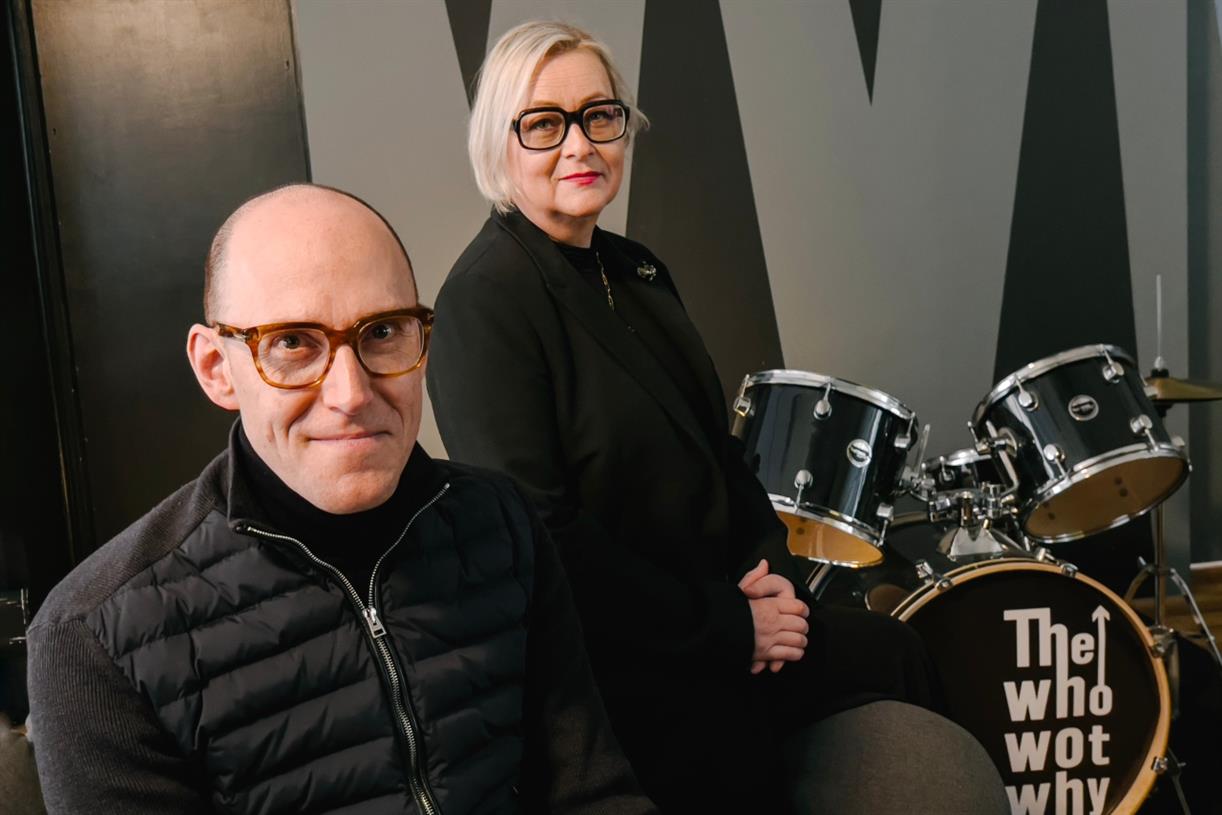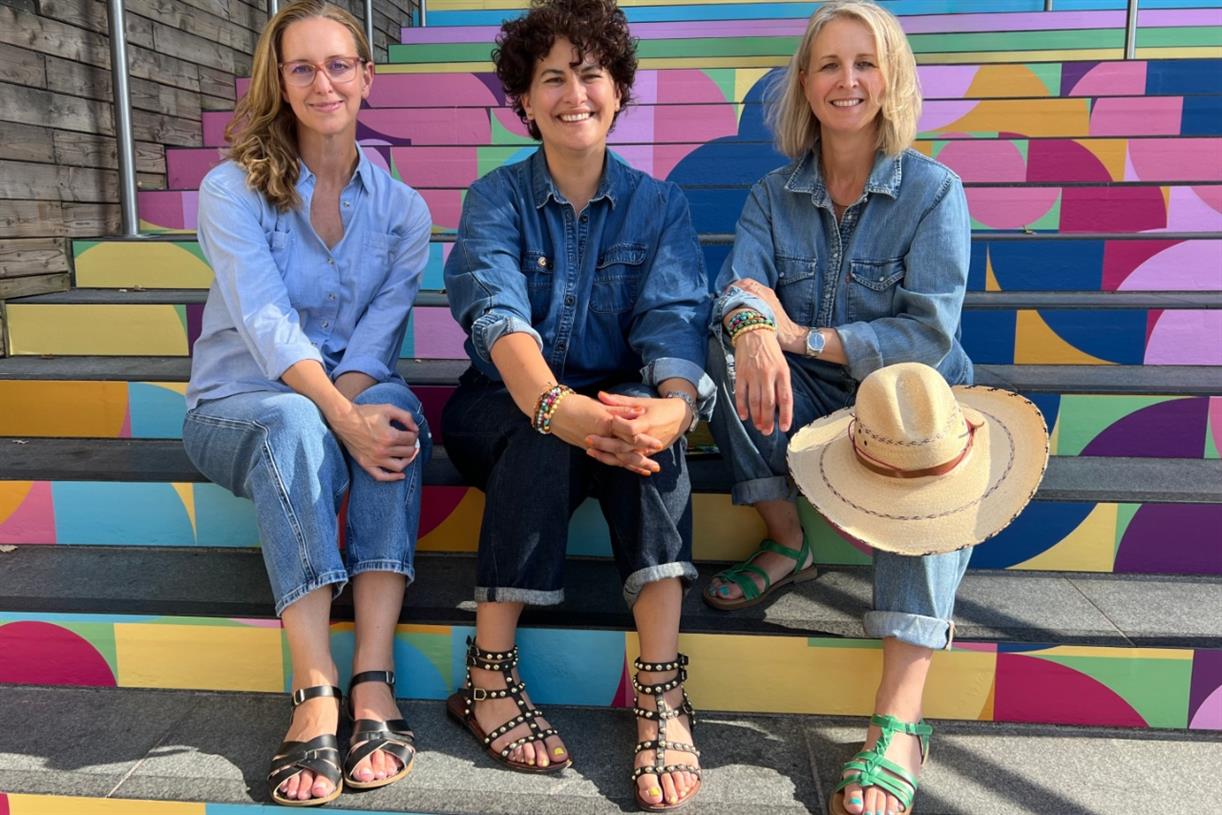LinkedIn’s ID Confirmation Service Is Gaining Momentum
LinkedIn has confirmed the government ID of 55 million members.
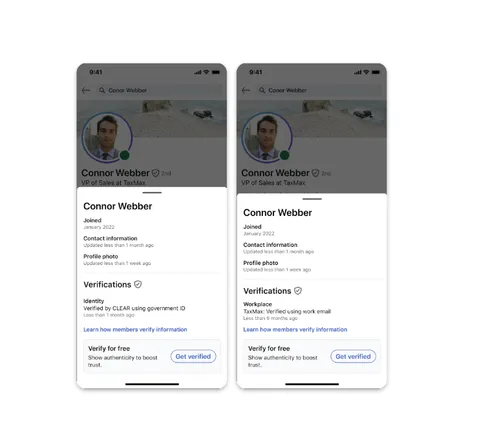
It seems like LinkedIn’s efforts to verify actual humans in the app are paying off, with the platform reporting that it’s now verified 55 million of its members.
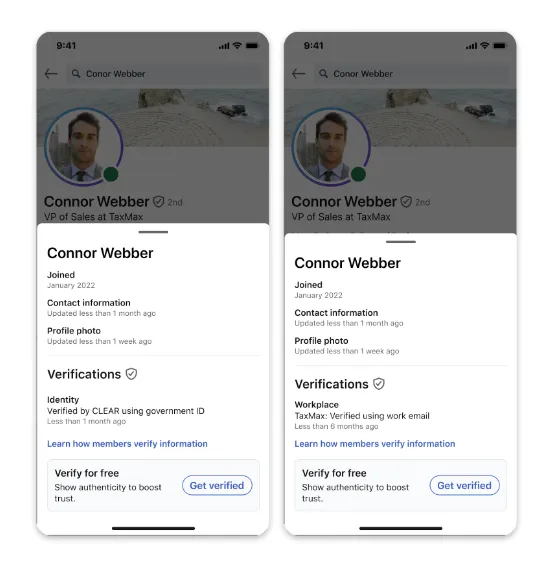
As you can see in this example, LinkedIn’s ID verification, which adds a white confirmation tick to your profile, ensures that users can trust that they’re speaking to a real person, who’s confirmed their identity with government ID.
LinkedIn added free ID verification last year, in partnership with regional verification partners like CLEAR and Persona, in order to combat the rise of misinformation and spam in social apps. The use of third-party verification partners reduces the labor load on LinkedIn, which could be a smarter way to go about verification, without having to have its own staff individually checking each person’s ID.
And it is adding another level of trust to the app, with LinkedIn reporting that it now has the most verified individual human identities of any major social network.
Though even then, 55 million is only a fraction of LinkedIn’s user base.
While LinkedIn doesn’t actually report active users, only total members, estimates suggest that LinkedIn has around 300-400 million monthly active users. That means that only around 15% of its users have confirmed their ID, but still, as LinkedIn notes, that’s a lot more than have signed up to X’s Premium subscription services (est. 1.3m), which includes an optional ID verification element, or Meta’s Meta Verified process, which also includes government ID confirmation.
Well, it’s presumably more than those who’ve signed on for Meta’s paid subscription offering, as Meta hasn’t reported official sign-up numbers.
As such, LinkedIn can currently lay claim to the fact that it has the most ID verified members of any social app, which adds an extra layer of trust to its interactions.
And ideally, that’ll eventually prompt more people to sign up, as they won’t be trusted without the ID confirmation tick. The more people that sign up, the more the non-signees seem suspicious, and presumably, those 55 million initial adopters are among the most active on the platform, helping to increase momentum for the initiative.
It’s a good way to imbue extra trust in the app, and ensure that users on the professional social network are not wasting your time with bot engagement.
Of course, there are other concerns in regards to legitimacy on LinkedIn, with the platform prompting users to use generative AI for more elements, including post creation and query DMs, so you can’t be certain that what they’re sharing are their actual thoughts and ideas.
There have also been some reported issues with third-party ID confirmation partners, and providing them with your data (note: LinkedIn’s partners in this program have not been included in such concerns).
But given the amount of spam and bots on social media apps, and the increasing use of generative AI to simulate human engagement, it is an important consideration, which could add more value to the platform over time.
And 55 million verifications, for a program with limited promotion, is a good level of take-up.
If you haven’t confirmed your ID on LinkedIn yet, you can find out more about the process here, while users in some regions can also verify recruiters and company pages.

 FrankLin
FrankLin 







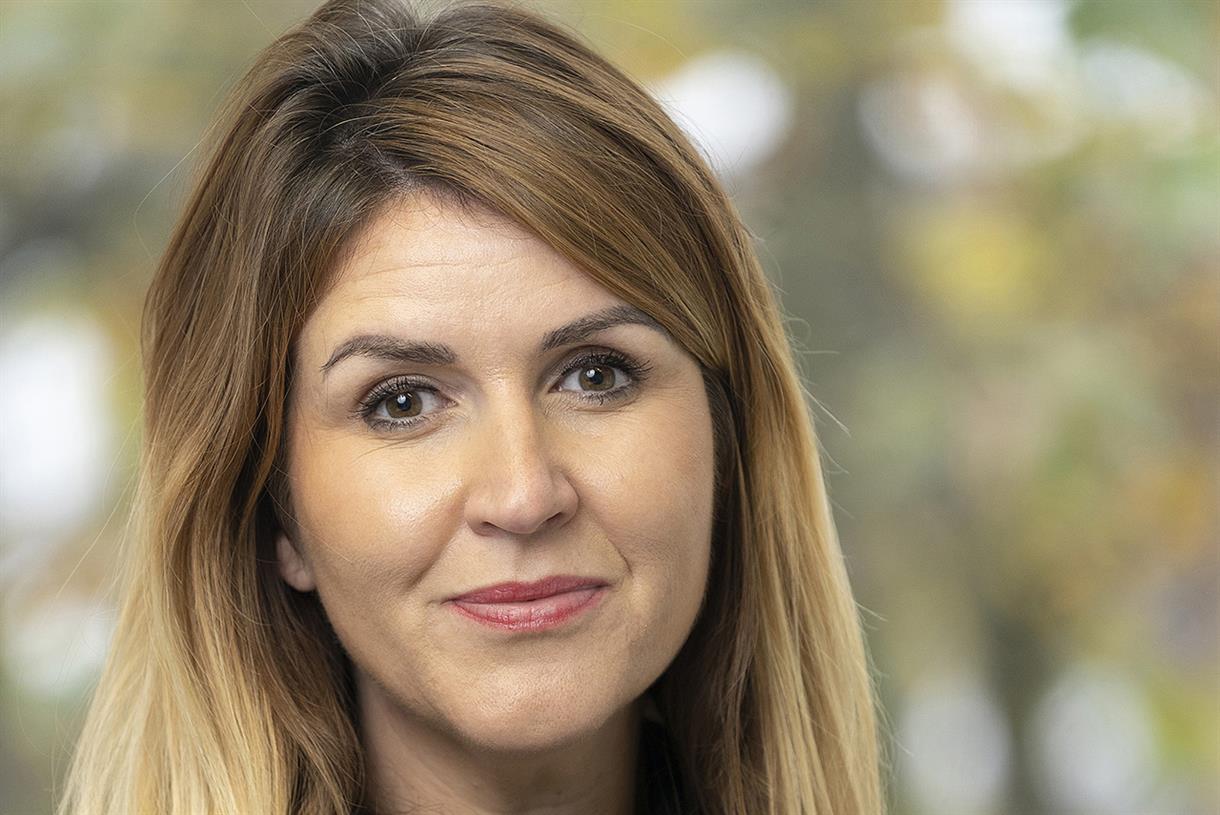
![Will Brands Boost Investment in Experiential Marketing in 2022? [New Data]](https://blog.hubspot.com/hubfs/experiential-marketing-investments.jpg#keepProtocol)


